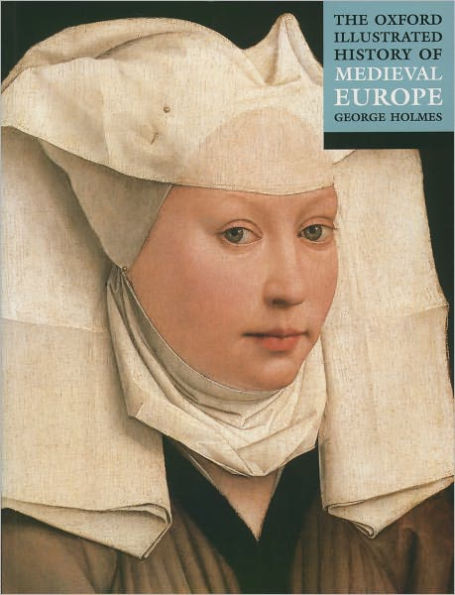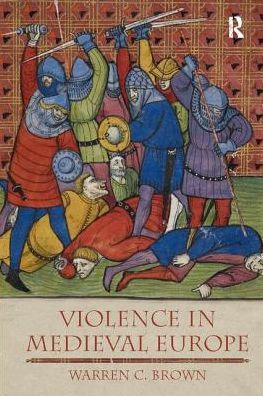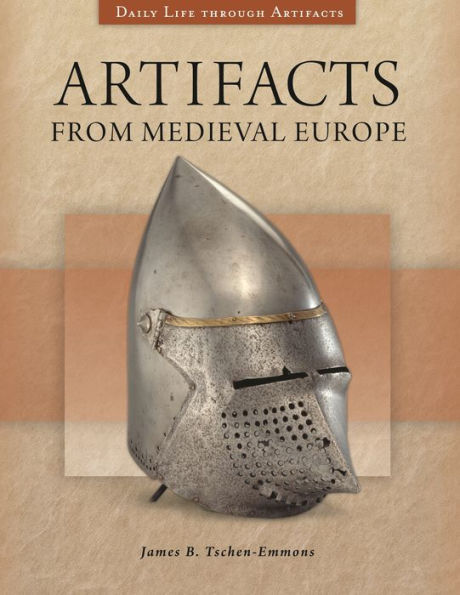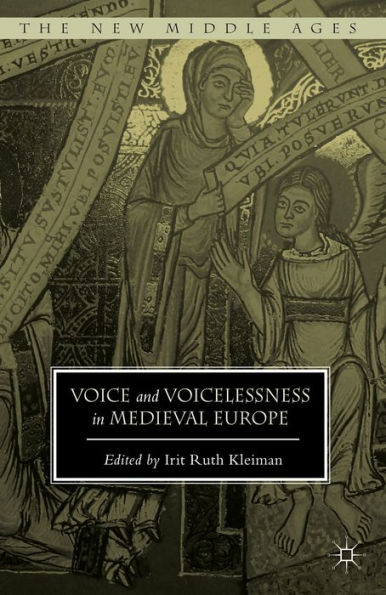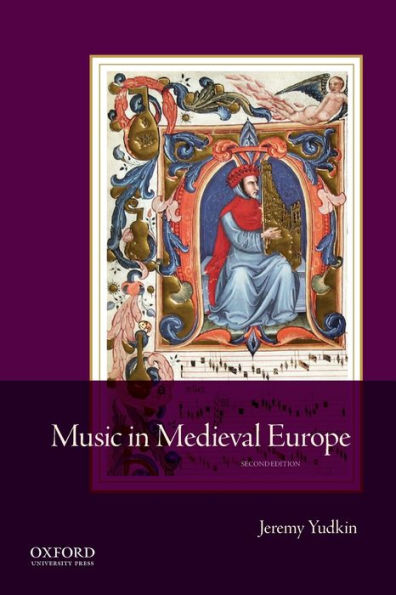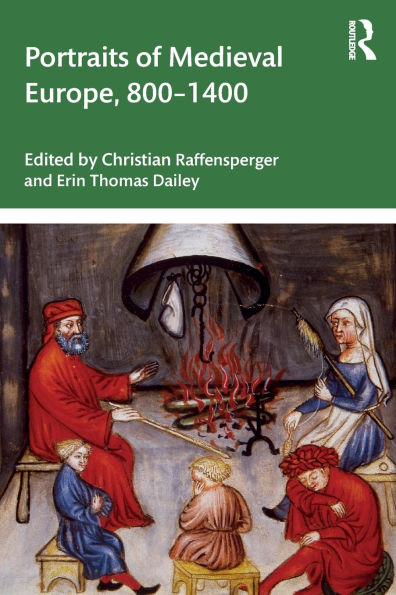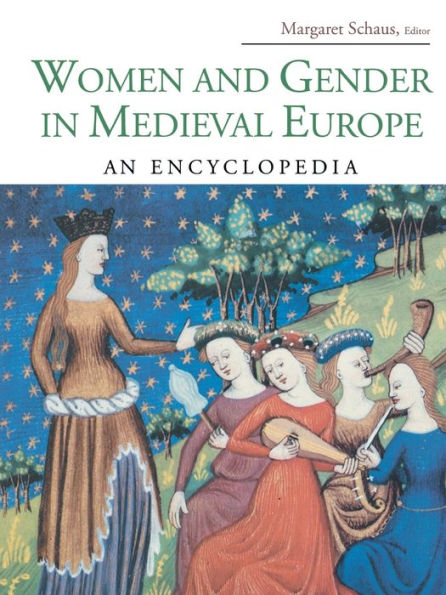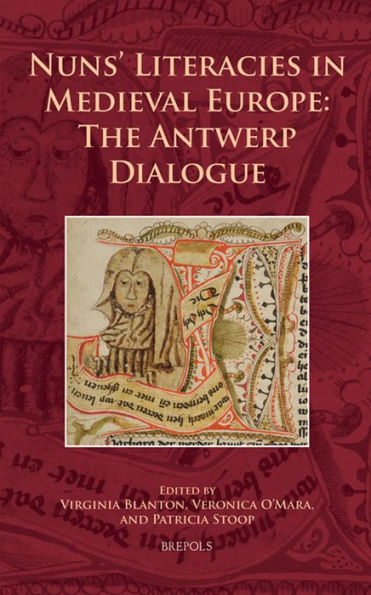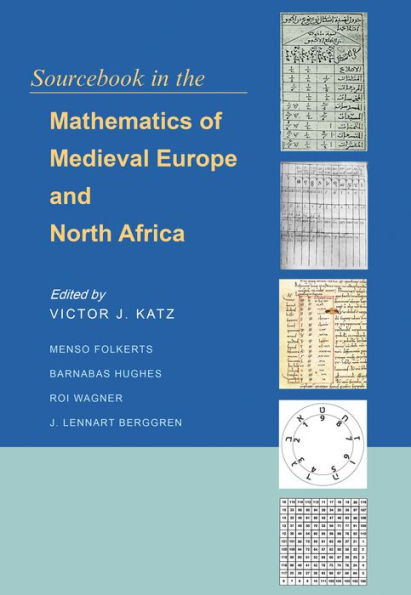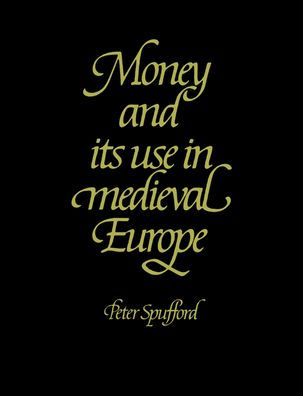Home
Holy Bones, Holy Dust: How Relics Shaped the History of Medieval Europe
Barnes and Noble
Holy Bones, Holy Dust: How Relics Shaped the History of Medieval Europe
Current price: $25.00


Barnes and Noble
Holy Bones, Holy Dust: How Relics Shaped the History of Medieval Europe
Current price: $25.00
Size: OS
Loading Inventory...
*Product information may vary - to confirm product availability, pricing, shipping and return information please contact Barnes and Noble
A richly textured history spanning a thousand years of holy relics across Europe
Relics were everywhere in medieval society. Saintly morsels such as bones, hair, teeth, blood, milk, and clothes, and items like the Crown of Thorns, coveted by Louis IX of France, were thought to bring the believer closer to the saint, who might intercede with God on his or her behalf. In the first comprehensive history in English of the rise of relic cults, Charles Freeman takes readers on a vivid, fast-paced journey from Constantinople to the northern Isles of Scotland over the course of a millennium.
In
Holy Bones, Holy Dust
, Freeman illustrates that the pervasiveness and variety of relics answered very specific needs of ordinary people across a darkened Europe under threat of political upheavals, disease, and hellfire. But relics were not only venerated—they were traded, collected, lost, stolen, duplicated, and destroyed. They were bargaining chips, good business and good propaganda, politically appropriated across Europe, and even used to wield military power. Freeman examines an expansive array of relics, showing how the mania for these objects deepens our understanding of the medieval world and why these relics continue to capture our imagination.
Relics were everywhere in medieval society. Saintly morsels such as bones, hair, teeth, blood, milk, and clothes, and items like the Crown of Thorns, coveted by Louis IX of France, were thought to bring the believer closer to the saint, who might intercede with God on his or her behalf. In the first comprehensive history in English of the rise of relic cults, Charles Freeman takes readers on a vivid, fast-paced journey from Constantinople to the northern Isles of Scotland over the course of a millennium.
In
Holy Bones, Holy Dust
, Freeman illustrates that the pervasiveness and variety of relics answered very specific needs of ordinary people across a darkened Europe under threat of political upheavals, disease, and hellfire. But relics were not only venerated—they were traded, collected, lost, stolen, duplicated, and destroyed. They were bargaining chips, good business and good propaganda, politically appropriated across Europe, and even used to wield military power. Freeman examines an expansive array of relics, showing how the mania for these objects deepens our understanding of the medieval world and why these relics continue to capture our imagination.
